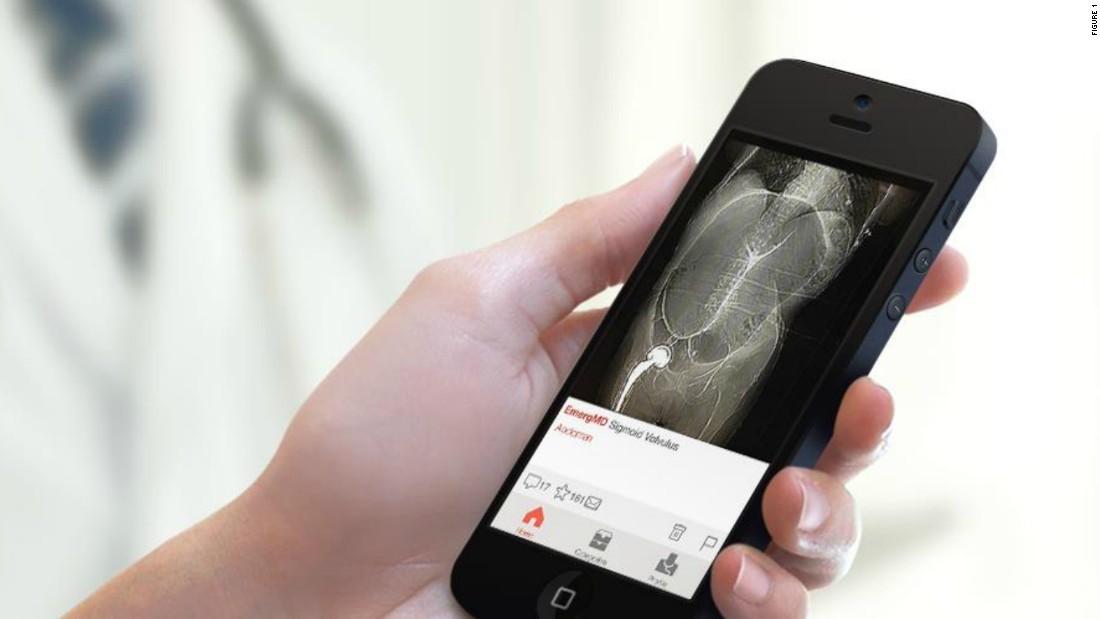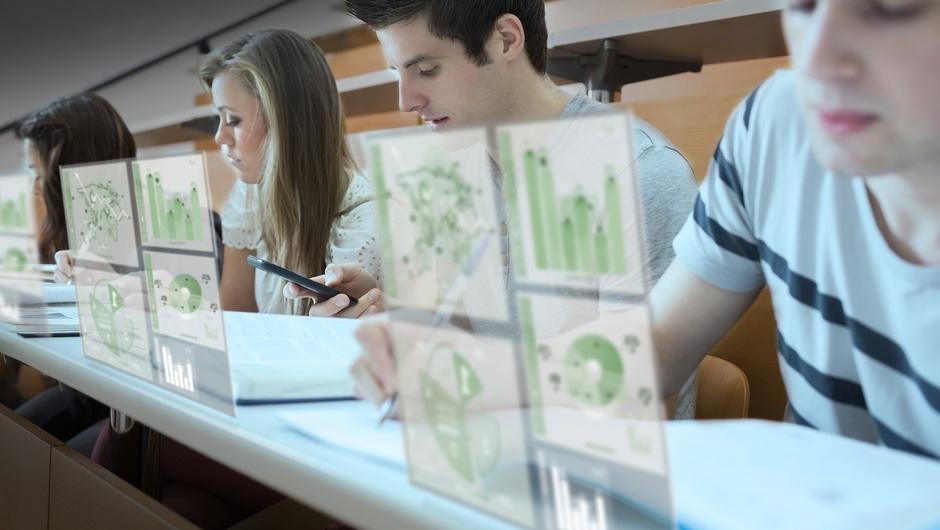The stakes are high. Over 2 billion people continue to live on less than $2 a day, we still do not have equal human rights for women in many parts of the world, access to healthcare is still limited in many countries and environmental issues such as global warming and air pollution are slowly destroying our planet.
The pursuit of economic growth is very compatible with diverting technology investment into solving the world’s biggest challenges. Instead of wondering how to use these technologies to “sell more stuff online” or to “get one up on our competitors”, we should be looking at the bigger picture - using the talent, technologies and skills to drive economic and social growth and to close the inequality gaps.
The increasingly universal uptake of smartphones, interconnected devices, access to global mobile coverage and faster than ever data speeds has huge potential to enable a wide array of applications that can promote socio-economic good. Whilst some great progress is being made, it’s clear we are only just beginning to scratch the surface of the potential of these technologies.
Let’s take a look at where connected technologies (such as IoT) is already having a positive impact.
Healthcare
There’s no doubt that the IoT is changing the way apps, devices and people interact and connect with each other in delivering healthcare solutions. New tools and technologies are constantly changing the ways that patients are cared for, the way people are managing and monitoring their conditions longer term and helping to improve treatment outcomes.
One of the biggest use cases we have seen for the IoT is remote patient monitoring using interconnected devices.
Berg predicts that by 2021 there will be 50.2 million people remotely monitored using connected healthcare devices. Here’s some examples of where we are seeing these technologies being used successfully:
Activity trackers for cancer treatment
Researchers are starting to use wearable fitness tracking and monitoring devices to track data of cancer patients to both monitor their response to cancer therapy and improve their treatment. They are looking at monitoring patients physical activity, fatigue levels, blood pressure, heart rate and other health indicators relative to the patients type of cancer. This type of technology is hugely important for cancer patients as their response to treatment depends greatly on how functional they are at home. Often it can be difficult for physicians to obtain an accurate picture of how the patient is coping with treatment. This “real data” will give a better insight into how to better care for cancer patients in the future.
Connected inhalers
One of the immediate uses for IoT technologies is to use sensors to monitor whether patients are actually following the course of treatment prescribed to them by healthcare professionals. Novartis are currently undertaking connected inhaler research to treat chronic obstructive pulmonary disease (COPD). The patients inhaler connects to a digital platform recording and transmitting data usage to the primary care physician.
Devices connected to mobile apps allow for patients to receive reminders, as well as to check on their own adherence to treatment by providing information and reminders.
Smart hospital beds
Many hospitals are now using smart hospital beds. The beds have a remote monitoring system that contain sensors for body temperature, heart beat, blood, oxygen and pressure sensors and others. This critical information is sent to the central hospital system and enables healthcare professionals to instantaneously review and monitor patients vitals, particularly in cases where patients require intense care.

Tackling poverty
The potential of the IoT has led to discussions about how it can help tackle global poverty. For example, IoT technologies could be used to create smarter agriculture in parts of sub-saharan Africa. For example, a ‘smart farm’ would be able to give statuses of crops and the soil, the farmer would be able to control processes remotely, and data models could help to ensure minimal food waste.
We are also beginning to see iOT devices being implemented to improve sanitation for local communities and increasing efficiency by monitoring critical water levels, sanitations and health equipment. In Kenya, connected sensors monitor and report faulty fridges in healthcare facilities to ensure that critical medicines don’t go off and that replacement parts are directed to to needy facilities in the shortest amount of time possible.
The developed world’s demand for IoT technologies and connectivity means that IoT devices are now readily available, affordable and scalable for the developing world: providing the perfect platform to kick start emerging economies and provide much improved quality of life.
Education
IoT influences education in many ways. It is this asset intelligence that enables institutions to make more informed decisions in an effort to improve student learning experiences, operational efficiency and campus security. However this technology within education is still very much in its infancy.
One of the main benefits is the ability to connect students and educators all over the world through interactive boards and digital scanners that digitally transfer text to smartphones.
Digitised identity cards and wristbands are used to track visitors, staff and students. Data on the last-known locations are stored on a server which ensures that every area on campus is accessed only by the right people. The cards and wristbands also act as digital wallets and can enable cashless payments. School buses are also now starting to be enabled with GPs tracking, which makes the journey to and from school safer and lets parents know their child's whereabouts.

By making it easier for mobile phones to spread out and connect to each other, the IoT has created huge market-demand for and incentivised even greater investment in mobile phones and mobile app development. The same connectivity which drives the IoT has also enabled the world’s greatest developers to network and cooperate with one another more easily than ever before, meaning hubs of innovation are forming across the world’s digital environments.
Mobile apps for social good
At xDesign, we’re proud to playing our part developing mobile apps for social good. A recent project with Neatebox harnessed the power of mobile and emerging IoT technologies to provide people with physical disabilities and visual impairments to allow them to safely cross the road using bluetooth and “button” technology activated through tapping or voice. This technology aims to make the world more accessible for everyone, allowing safer journeys and has provided an opportunity for vital mobility research in the UK.
We are also working with leading health organisations such as the NHS and others to develop apps that provide data insight to allow healthcare professionals to make better decisions, contributing towards enhanced patient care.
Interested in chatting to us about your next tech project? Get in touch.

